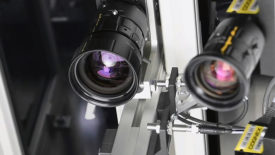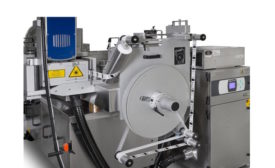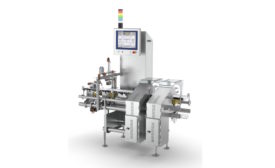Home » Keywords: » pharmaceutical packaging
Items Tagged with 'pharmaceutical packaging'
ARTICLES
Track & Trace
Antares Vision Group Completes First Phase of Serialization for Cosmeceuticals Provider
August 22, 2024
Track & Trace
Ensuring Product Safety: The Important Role of Track & Trace
Track and trace solutions are critical for product safety, preventing counterfeiting and achieving supply chain transparency. These companies are making names for themselves in the sphere of traceability and serialization.
August 22, 2024
Caps, Closures, Lids
No Caps On Innovation
From child-resistant pharmaceutical vials that can be opened with one hand to wine capsules incorporating an unprecedented amount of recycled tin, there are many new things under the sun when it comes to caps and closures.
June 17, 2024
Inspection/Detection
From Wine to Tortillas: Inspection, Detection, and Vision Systems Play Crucial Role
From properly counting out pharmaceuticals to guaranteeing the proper bottling of wine — and even ensuring that the wine bottles themselves are up to snuff — inspection, detection and vision systems play a myriad crucial roles in CPG packaging.
May 28, 2024
Caps, Closures, Lids
SnapSlide Unveils Child-Resistant Closure with Single-Hand Operation for Rx Vials
April 23, 2024











